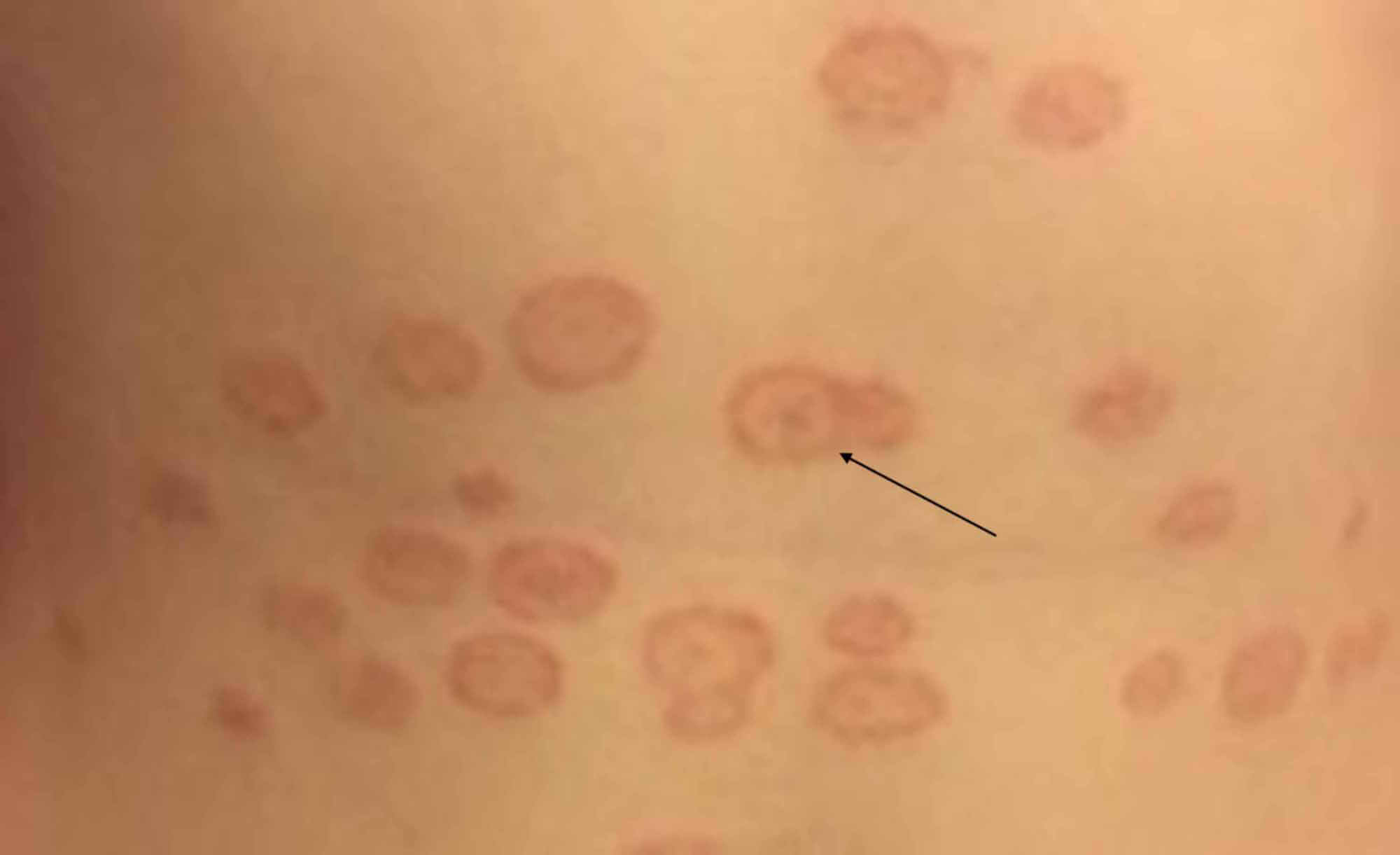Tinea versicolor: common skin disease
Tinea Versicolor is a common skin disease that affects many individuals. This condition, also known as pityriasis versicolor, is caused by a type of yeast called Malassezia that naturally lives on the skin. While this yeast is typically harmless, factors such as oily skin, hot weather, and a weakened immune system can lead to its overgrowth and the development of tinea versicolor.
Tinea Versicolor Symptoms
One of the main characteristics of tinea versicolor is the appearance of discolored patches on the skin. These patches can vary in color from white to pink, tan, or brown and usually appear on the back, chest, neck, and upper arms. These patches can sometimes be itchy or scaly, causing discomfort for those affected by the condition.

Tinea Versicolor Causes
The exact cause of tinea versicolor is not fully understood, but certain factors can contribute to its development. As mentioned earlier, an excess of Malassezia yeast on the skin plays a significant role. Additionally, factors such as hot and humid weather, oily skin, hormonal changes, and a weakened immune system can create the ideal conditions for the yeast to multiply.

Tinea Versicolor Treatment
If you suspect that you may have tinea versicolor, it is best to seek medical advice for an accurate diagnosis and appropriate treatment. Over-the-counter antifungal medications are often recommended as a first line of treatment. These medications typically come in the form of creams, lotions, or shampoos, which can help to eliminate the excess yeast on the skin. In more severe cases, prescription-strength antifungal medications may be necessary.
In addition to medication, there are some self-care measures that can help manage tinea versicolor. Keeping the affected areas clean and dry, avoiding excessive sun exposure, and wearing loose-fitting clothing made of breathable fabrics can all aid in alleviating symptoms and preventing the recurrence of the condition.
It is important to note that tinea versicolor is not contagious, and with the appropriate treatment, it can be effectively managed. However, recurrence is common, especially in individuals with predisposing factors such as oily skin or a weakened immune system. Therefore, maintaining good skin hygiene and seeking prompt treatment for any signs of recurrence is crucial.
If you are experiencing any of the symptoms associated with tinea versicolor, it is advisable to consult a dermatologist or healthcare professional. They can provide a proper diagnosis and guide you towards the most suitable treatment options, helping you to restore the health and appearance of your skin.